
Knee Stability in Golfers
1 CommentThe knee can be a very simple or complex structure, especially in terms of the golf swing. The knee joint is simply the femur (thigh bone) connecting to the tibia (shin bone). The knee is constructed to simply flex/bend and extend/straighten. Or is this joint really that simple?
Throw on cartilage, ligaments, menisci, a capsule, and muscular attachments, and it gets a little more complex. Now, understand the knee is the joint in the middle of two very long bones, which makes it highly susceptible to injury. What most people do not know is that the knee also has the ability to perform some rotation, which helps its ability to stay stable and lock into place.
Now, because we are connected to the ground during the golf swing, and the golf swing is inherently rotational in nature, this complex joint is now even more prone to injury. In the golf swing, the knee’s job is to help keep us stable, whereas the ankles and hips are to be mobile to allow for rotation of our body in the backswing and follow-through. With this in mind, imagine your hips being extremely stiff (or maybe they already are). If you are not able to rotate your hips in either the backswing, downswing, or follow-through, the motion HAS to come from somewhere else…your “stable” knees. (Remember, the knees only allow for very minimal rotation, and that rotation is only supposed to be with locking the knee all the way straight, not when they are bent such as in the golf swing.)
The backswing is one story. Now think about how hard we swing to get that ball as far down the fairway as possible. A lot of rotational force needs to go through our lead knee (left knee for a right handed golfer) in our follow-through. That is why stability is so important through our knee. Stability is the ability to maintain position despite outside forces acting upon it. Essentially, the knee needs to be very strong. This strength is important in the quadriceps and hamstrings, as well as the hip muscles above. Keeping these muscles strong will help to keep the knee stable through the swing. Here are some exercises you can add to your exercise/gym program. Always remember that proper form is extremely important to both prevent injury and target the correct muscles.
- Squats – can use TRX bands to assist or a counter top at home; can do sit-to-stands from a chair if squats are difficult for you
- Lunges – making sure you keep your knee in line with your toe and keep your body tall
- Hamstring Curls – smooth movement bending and straightening your knee
- Dead Lift – more advanced exercise; consult your fitness expert
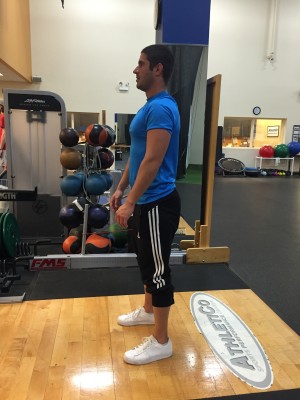 |
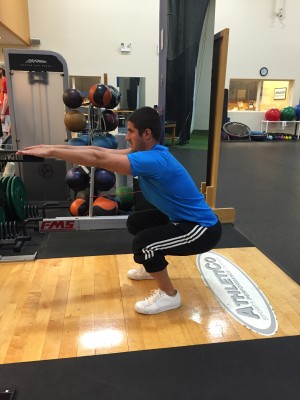 |
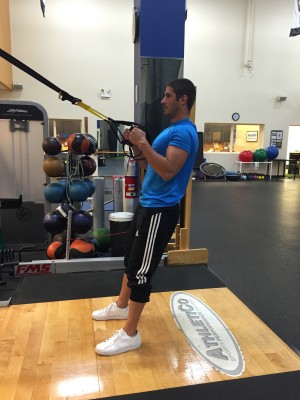 |
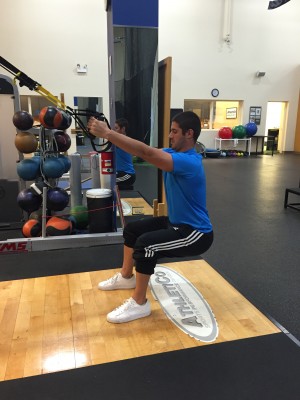 |
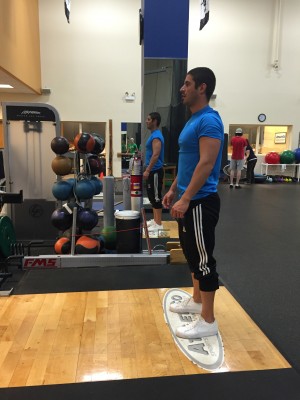 |
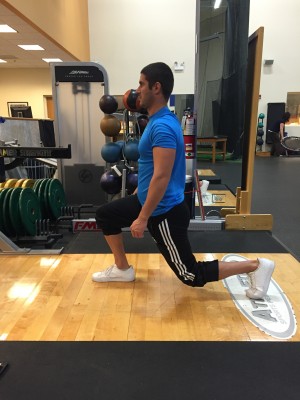 |
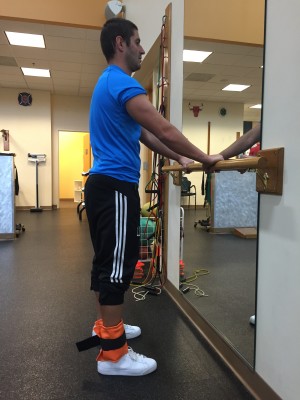 |
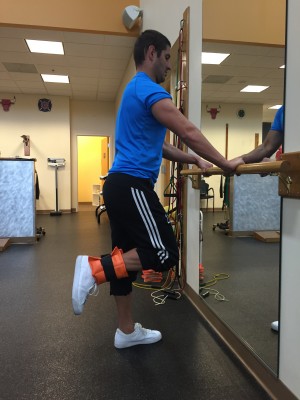 |
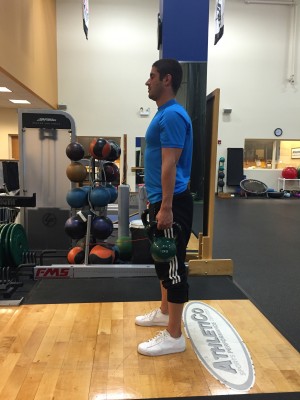 |
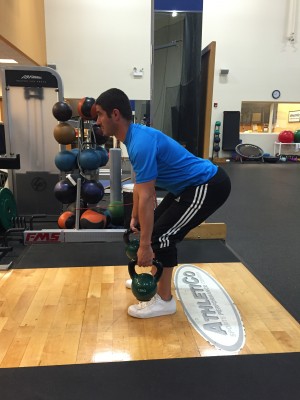 |
Understand that some of these exercises may not be right for you or may need to be modified. Furthermore, keep in mind that mobility/flexibility of the hips and ankles is important to decrease stress to the knees in your golf swing.
If you have any additional questions on how your golf swing might be impacting your knees, or if you have pain in your golf swing, call Athletico’s Golf Performance Center in Oak Brook at (630) 572-9700 to set-up a complimentary injury screen or biomechanical evaluation with a certified golf fitness instructor.
Click to Schedule a Complimentary Injury Screen
The Athletico blog is an educational resource written by Athletico employees. Athletico bloggers are licensed professionals who abide by the code of ethics outlined by their respective professional associations. The content published in blog posts represents the opinion of the individual author based on their expertise and experience. The content provided in this blog is for informational purposes only, does not constitute medical advice and should not be relied on for making personal health decisions.

1 Comment
Lauren
Great exercises for golfers! Thanks for sharing how to improve knee stability.